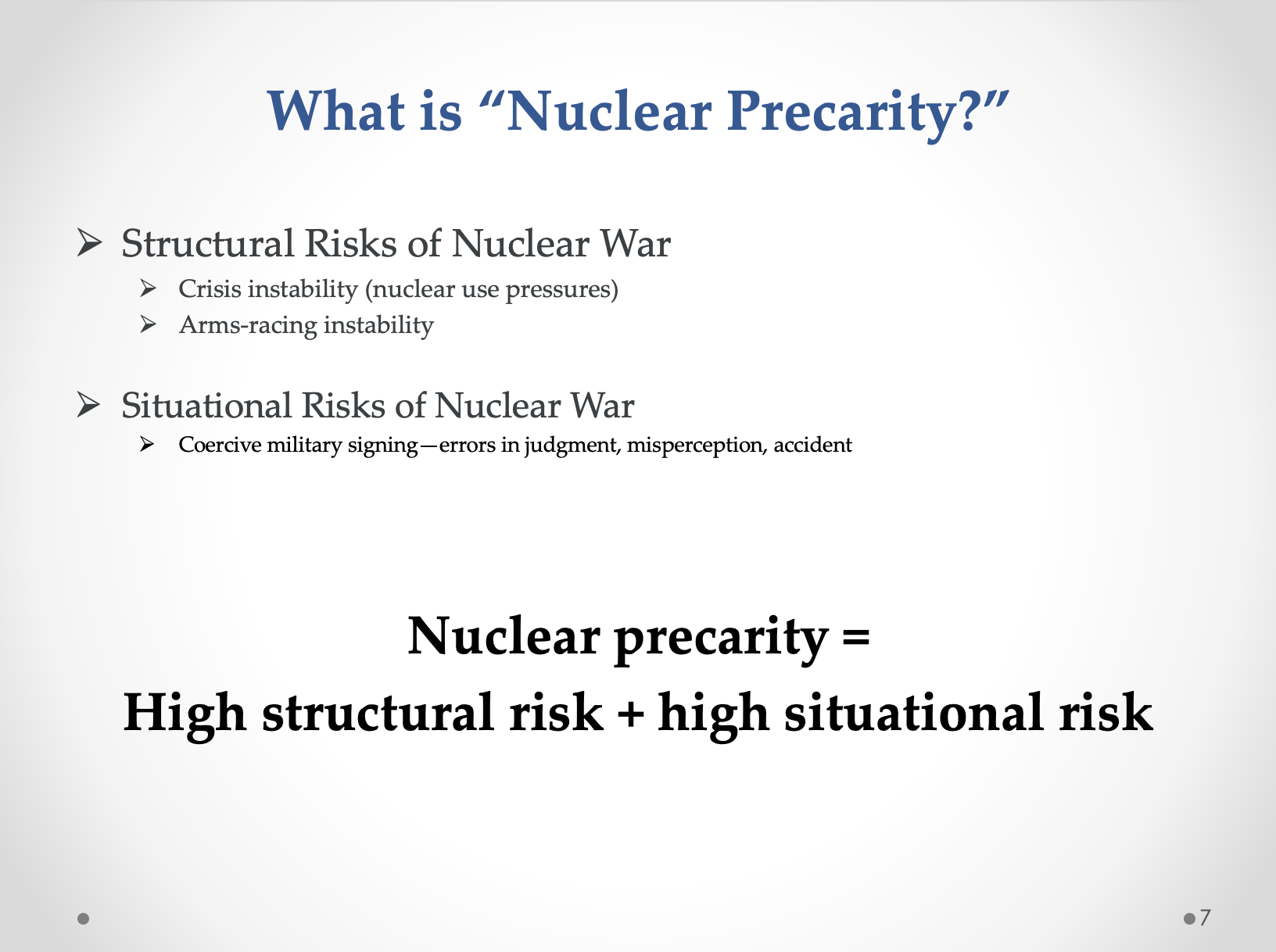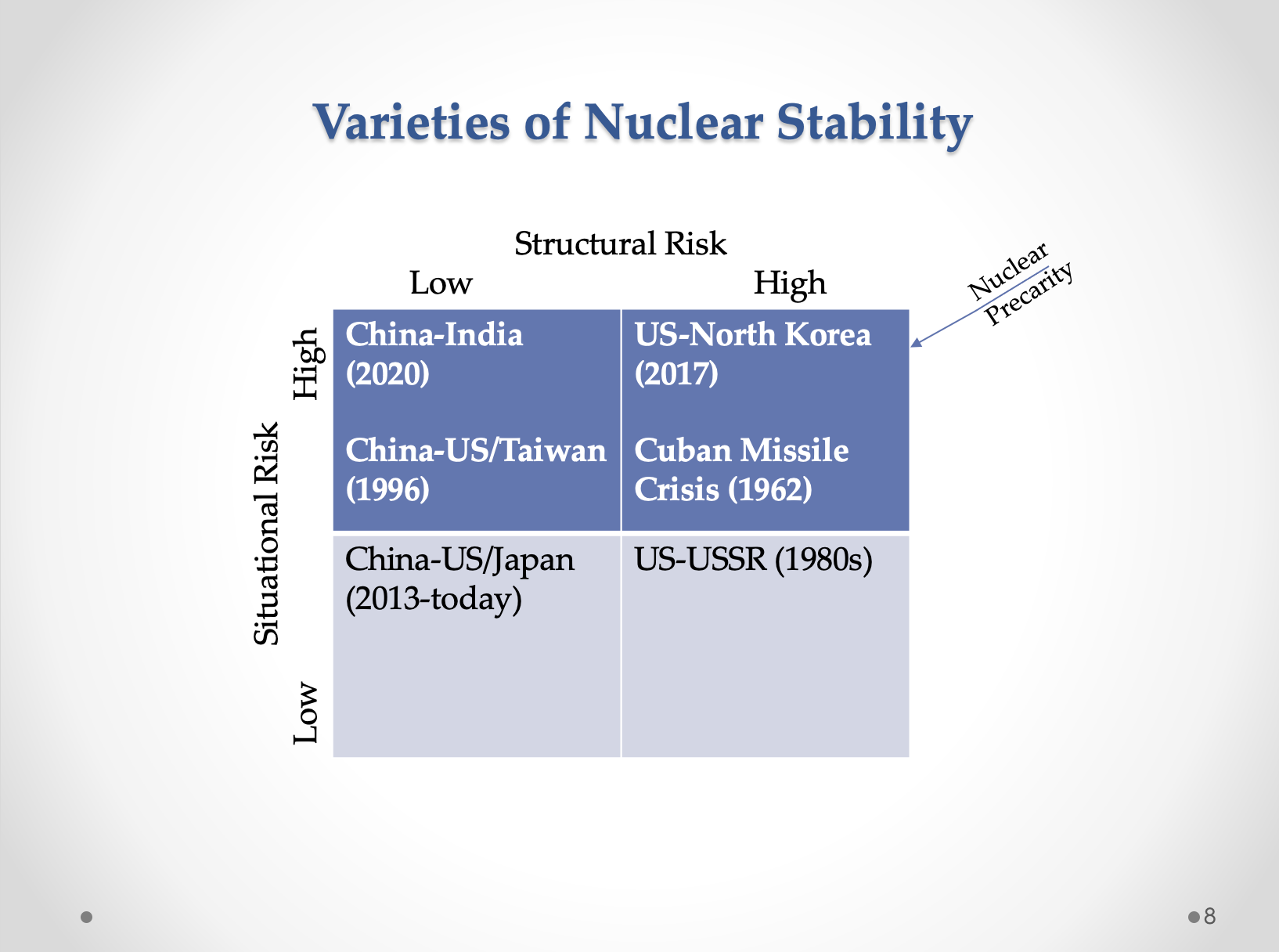Everybody’s talking about nuclear war with Russia right now and it bugs me, not least because I’ve seen this nuclear frenzy before. Now, I think people have good reason to be worried about Russian nuclear use, as I wrote some five months ago.
But what gets me about “the discourse” is that a tremendous amount of it is ahistorical. On the one hand, the conversation is weighted down with the opinions of people with large social media followings but no—zero—knowledge about nuclear weapons or coercion theory. On the other hand, a good percentage of people who actually do know something about coercion have lost their damn minds, and either believe that Putin’s too chickenshit craven to use a nuke or that if he does, we gotta nuke him back. The latter group’s counsel, therefore, is to basically ignore nuclear risk.
The prevailing vibe is thus that there’s never been a serious nuclear crisis a) ever, b) since the Cold War, c) since Twitter. Not only is all that entirely wrong; it’s also stunningly ignorant about how perilous things were during the North Korean nuclear crisis in 2017-2018.
So last year I gave a keynote lecture at Ritsumeikan University in Kyoto, Japan about a concept I called “nuclear precarity.” I used it to make sense of nuclear risks in Northeast Asia.
What is nuclear precarity? Well, the slide below pretty much sums it up.

The thing I wanted to get at is that there are risks that we’re very good at associating with strategic stability, but there are also deeply context-contingent risks of nuclear use that have to do with signaling and the fog of crisis.
When you have high structural risk and high situational risk, you have nuclear precarity—an unusually heightened level of danger where things could go sideways for any number of reasons. Distinguishing risks as situational or structural parallels the distinction in deterrence theory between general and immediate deterrence. It also follows the insight that all nuclear crises are not equally combustible.
The concept of nuclear precarity helps me make sense of why I’m worried about Russian nuclear use, but in a cautious rather than five-alarm kind of way. Where would I put Russia-Ukraine on the grid below? Where would you?

It’s debatable, but I think we’re in a context with Russia of extremely high situational risk and low-to-moderate structural risk. We don’t have the “fire and fury” rhetoric of 2017, but we do have an active shooting war and a nuclear power that’s losing said war—neither of which was the case in 2017. We also have way too many nuclear patriots in the West who have either memory-holed every past nuclear crisis, or who have learned only the wrong lessons from the Cold War.
So yeah, I’m worried, even though in a strategic stability sense the Russia-US nuclear dyad is supposed to be relatively stable.
This is cross-posted at Van’s newsletter.


0 Comments